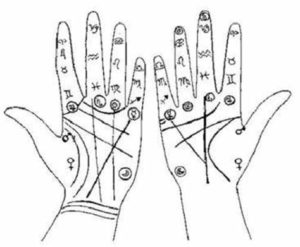

However, in the cases where this fails, the realigned guide star solution remains active. If successful, the absolute astrometry of the images is substantially improved, reducing astrometric uncertainty to less than 20mas. Next, an automatic alignment is attempted, where sources in the image are detected and matched to the Gaia EDR3 catalog. Due to the motion of the Fine Guidance Sensors in the focal plane, the absolute uncertainty of these astrometric solutions may still be as large as 200mas.
STSCI ASTROMETRY UPDATE
The first method is the update of guide star positions (RA/Dec) in the newest version of the guide star catalog. All the solutions are stored in an astrometry database and placed in extra headerlet extensions of WFC3 images (flt, flc). > x_drz,y_drz = an('test_flt.fits', 'test_drz.fits', 'forward', 152.0,156.0)īeginning in 2020, the World Coordinate System (WCS) in the header of WFC3 images is corrected by a variety of methods to improve absolute astrometry. Example #1 Transform pixel position from flat fielded frame (flt) to sky frame using astropy wcs.all_pix2world The position on the celestial sphere, and the corresponding pixel position on a distortion-corrected file (' test_drz.fits') can be found as follows. Drizzlepacand astropy WCS are two commonly-used Pythoninterfaces to this library that implement these transformations.įor example, consider an object found at x,y pixel position (152,156) on UVIS chip 1 on an image (' test_flt.fits').

For transformations involving (flt) images, the distortion information in the FITS header is used to correct for the very large effects of geometric distortion. There are utilities to transform between these coordinate systems that are built on the WCSLIB, a C library that implements the FITS standards for World Coordinate System (WCS) information. Third, there is the corresponding world coordinate (RA, Dec) position on the sky. Second, there is the pixel position on the drizzled images (drz) created by AstroDrizzle, which corresponds to an undistorted pixel position on a tangent plane projection of the sky. First, there is the position of a pixel on the geometrically distorted flat-fielded images (flt) after pipeline processing through calwf3. There are three coordinate systems applicable to WFC3 Images.


 0 kommentar(er)
0 kommentar(er)
